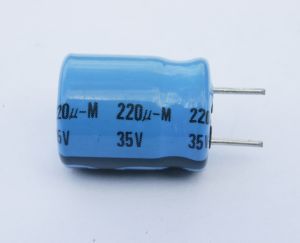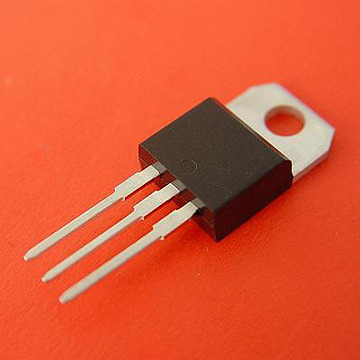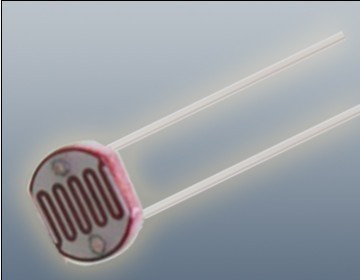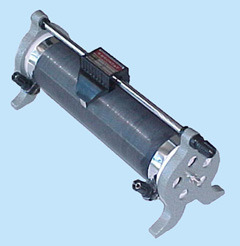In a very simple sense, a capacitor is a device that stores energy in an electric field between two charged "plates" for a short period of time. The electric charge is then used or dissipated at an appropriate time. The capacitor essentially works along the same lines as the battery you might find in a flashlight, but with a few minor differences.
How a Capacitor Works
A capacitor works in a fairly simple fashion. There are two "plates" separated by a material called a dielectric. The dielectric can be made from many materials, but is generally an insulator. As a current is applied, separate charges build up on the plates. The resultant energy of the charges is then stored in the field between the two plates. Essentially, what is happening is that there are two separate charges that are being condensed and controlled in an electric field. This is why a capacitor was called a condenser in its earlier days.
Types of Dielectrics
Depending on what you want to use the capacitor for, there are various materials that can be used as a dielectric. If a very high efficiency is desired, a vacuum is the most often specified dielectric. Electrodes serve as the "plates." As the dielectric is a vacuum, there is very little resistance in the system, giving high efficiency. Radio systems are a good example of a use for this type of dielectric because efficiency and heat characteristics are of paramount importance. If tuning of the radio is an application of consideration, then an air dielectric may be a good choice.
If high temperatures and voltages are a consideration, mica and glass make for excellent dielectrics. Control of heat is relatively simple, and the materials are abundant. One of the better characteristics of dielectrics is that they can be controlled to provide the amount of insulation between the "plates" that is desired. If a wire or series of wires are used as the dielectric, they can be twisted or untwisted to the degree of insulation desired.
Snubber Capacitors
We may often think of basic applications when it comes to capacitors. The basic use of electricity is an easy concept for most of us to understand. However, capacitors are also used in more complex technological devices that we use everyday. A digital camera battery is a good example.
However, let us take the process even further and understand how capacitors can be used to "clean up" electric signals. When an electric signal enters a product, it is not always pure. It does not necessarily have smooth sides, as it were. You might say that most of the time it has tiny flecks of energy hanging off the side of the signal. If a capacitor is used in this case, the tiny specks can be cleaned off the signal and stored, leaving a pure stream of energy. A cleaner stream means more efficiency and a better-performing product.




Ray Dresman
Very informative, thank you! Is there a capacitors that can take the place of a car battery?